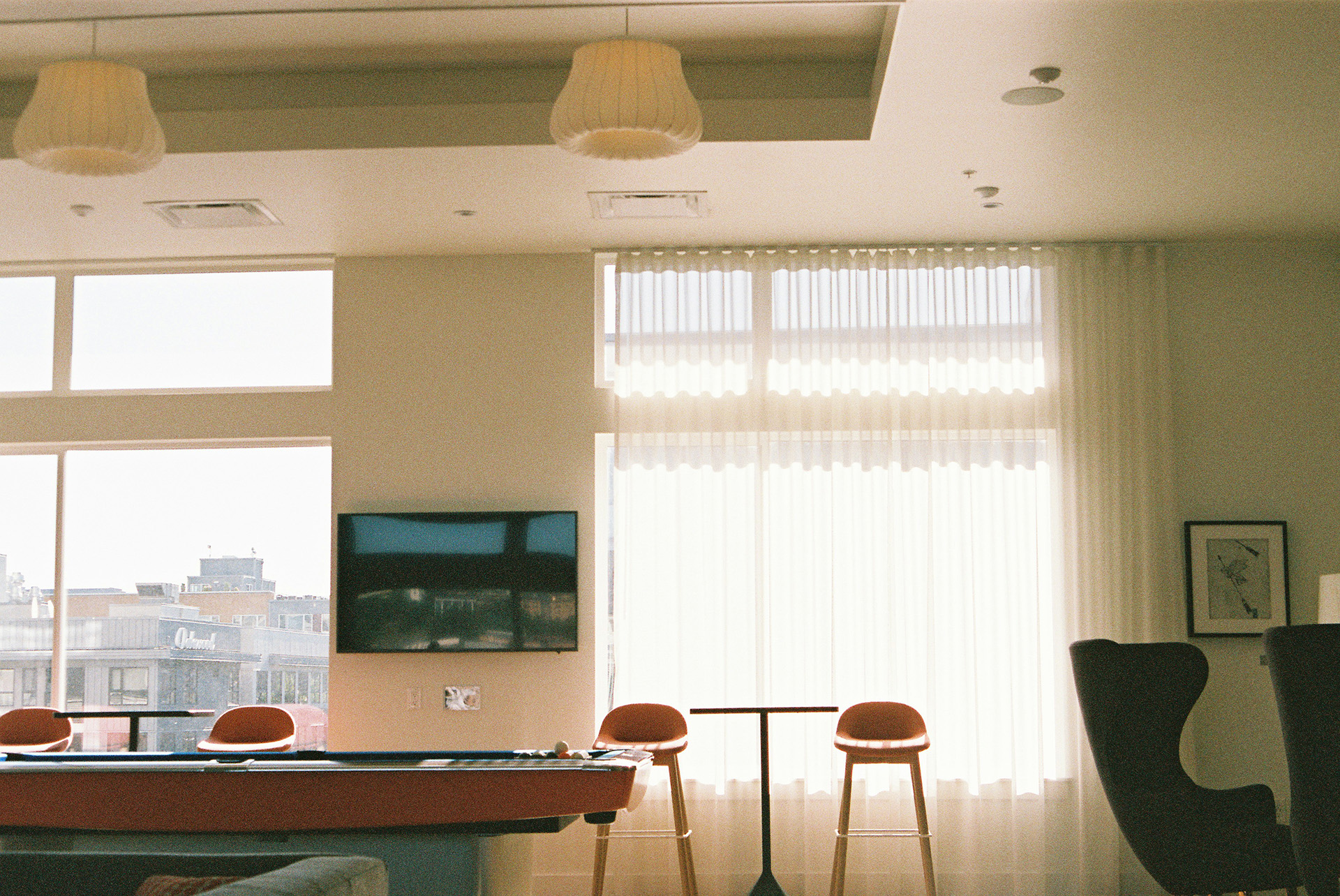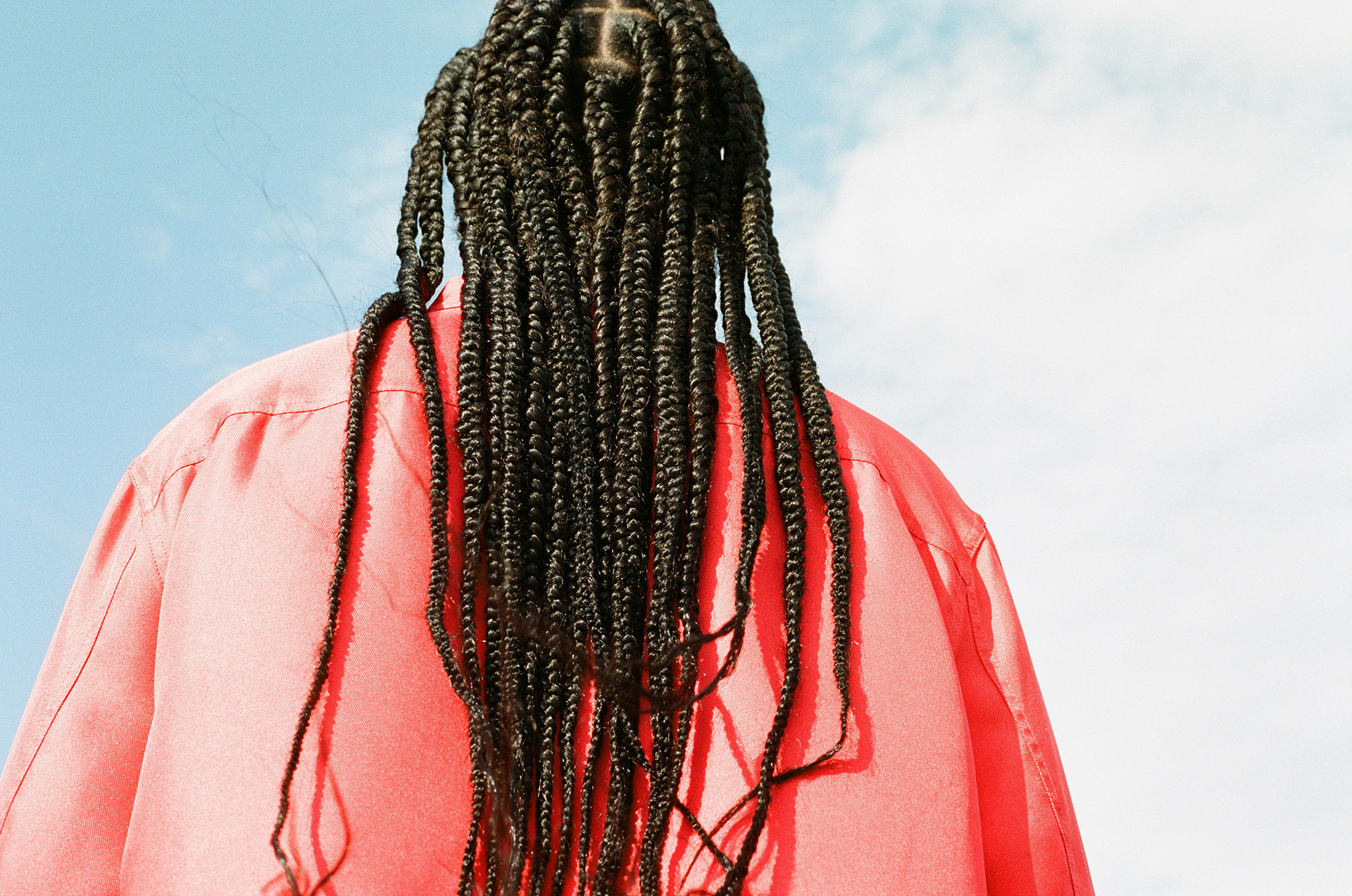Revision rhinoplasty, also known as secondary rhinoplasty, is a complex surgical procedure performed to correct or enhance the results of a previous nose surgery. This procedure is often sought by individuals who are dissatisfied with the aesthetic or functional outcomes of their initial rhinoplasty. Revision rhinoplasty addresses various issues, including nasal asymmetry, structural deformities, and breathing difficulties, providing enhanced nasal aesthetics and improved function. This article explores the benefits, procedure, recovery, and potential risks associated with revision rhinoplasty, offering a comprehensive guide for those considering this corrective surgery.
Understanding Revision Rhinoplasty
Revision rhinoplasty involves reshaping and restructuring the nose to correct problems resulting from a previous rhinoplasty. These issues may include aesthetic concerns such as irregular nasal angles, asymmetry, and deformities, as well as functional problems like impaired breathing. Due to the complexities involved, revision rhinoplasty is considered one of the most challenging cosmetic procedures and requires a highly skilled and experienced surgeon.
Benefits of Revision Rhinoplasty
Improved Nasal Aesthetics
The procedure enhances the overall appearance of the nose, correcting asymmetry, irregularities, and deformities to achieve a more balanced and harmonious look.
Enhanced Nasal Function
Revision rhinoplasty can address breathing difficulties caused by structural issues, improving airflow and nasal function.
Increased Self-Confidence
Many individuals experience a significant boost in self-confidence and self-esteem following revision rhinoplasty, feeling more comfortable with their appearance.
Correction of Previous Surgical Issues
The procedure allows for the correction of issues resulting from a previous rhinoplasty, providing a second chance to achieve the desired results.
The Revision Rhinoplasty Procedure
Understanding the details of the revision rhinoplasty procedure can help prospective patients prepare for what to expect and ensure a smoother treatment experience.
Pre-Treatment Consultation
Before undergoing revision rhinoplasty, patients will have a thorough consultation with a qualified plastic surgeon specializing in rhinoplasty. During this consultation, the surgeon will assess the patient’s overall health, examine the nasal structure, and discuss their goals and expectations. The surgeon will also review the patient’s medical history and previous rhinoplasty details and explain the procedure in detail.
The Procedure
The revision rhinoplasty procedure involves several key steps:
- Preparation: The treatment area is marked, and general anesthesia or local anesthesia with sedation is administered to ensure patient comfort.
- Incision: The surgeon makes incisions, usually inside the nostrils (closed rhinoplasty) or across the columella (open rhinoplasty), to access the nasal structure.
- Reshaping and Reconstruction: The surgeon carefully reshapes and reconstructs the nasal bones, cartilage, and soft tissues to achieve the desired aesthetic and functional outcomes. This may involve adding cartilage grafts to support the nasal structure.
- Closure: The incisions are closed with sutures, and the nose is typically supported with splints or packing to maintain its new shape during healing.
- Post-Surgery Care: The patient is moved to a recovery area and monitored for a few hours before being allowed to go home.
The entire procedure typically takes 2 to 4 hours, depending on the complexity of the revisions required.
Recovery and Aftercare
Recovery from revision rhinoplasty requires careful attention to post-operative instructions to ensure optimal healing and results.
Immediate Post-Treatment Care
Immediately following the procedure, patients may experience swelling, bruising, and discomfort in the treated area. These symptoms are temporary and usually resolve within a few weeks. The nose may also be supported with splints or packing, which are typically removed after about a week.
At-Home Care
Patients should follow these general guidelines during the recovery period:
- Manage Pain and Swelling: Take prescribed pain medications and anti-inflammatory drugs as needed to manage discomfort and reduce swelling.
- Keep the Head Elevated: Sleep with the head elevated to help minimize swelling and promote healing.
- Avoid Strenuous Activities: Refrain from strenuous activities and heavy lifting for at least 4 to 6 weeks to allow the body to heal properly.
- Follow-Up Appointments: Attend all follow-up appointments with the surgeon to monitor healing progress and address any concerns.
Healing Time
The initial healing phase for revision rhinoplasty typically takes about 2 to 3 weeks, during which swelling and bruising gradually subside. Most patients can return to work and light activities within 1 to 2 weeks. However, full recovery and final results may take up to a year as the nose continues to heal and settle into its new shape.
Potential Risks and Complications
While revision rhinoplasty is generally safe, it does carry some potential risks and complications:
Infection
Maintaining proper hygiene and following post-operative care instructions can help prevent infections. Signs of infection include increased redness, swelling, pain, and discharge.
Scarring
Scars may occur at the incision sites, but these usually fade over time with proper care. Open rhinoplasty may leave a small scar on the columella, which is typically inconspicuous.
Asymmetry
There is a possibility of asymmetry if the reshaping is not evenly performed. Additional treatments or adjustments may be required to correct any irregularities.
Breathing Difficulties
In some cases, revision rhinoplasty may affect nasal airflow, leading to breathing difficulties. This is typically addressed during the surgery to ensure both aesthetic and functional improvements.
Prolonged Swelling
Swelling can persist for several months, especially in the tip of the nose. Patience is required to see the final results as the swelling gradually subsides.
Combining Revision Rhinoplasty with Other Treatments
For comprehensive facial rejuvenation results, revision rhinoplasty can be combined with other cosmetic treatments. Common combinations include:
Chin Augmentation
Combining revision rhinoplasty with chin augmentation can enhance overall facial balance and harmony, providing a more aesthetically pleasing profile.
Facelift
A facelift can be performed in conjunction with revision rhinoplasty to address signs of aging and improve overall facial contour.
Dermal Fillers and Botox®
Dermal fillers and Botox® can be used alongside revision rhinoplasty to address fine lines, wrinkles, and volume loss in the face, providing a more youthful appearance.
Selecting the Right Surgeon for Revision Rhinoplasty
Given the complexity of revision rhinoplasty, selecting the right surgeon is crucial to achieving successful outcomes. Here are some tips for finding a qualified surgeon:
- Board Certification: Ensure the surgeon is board-certified in plastic surgery or otolaryngology.
- Experience: Look for a surgeon with extensive experience in performing revision rhinoplasty.
- Before-and-After Photos: Review the surgeon’s before-and-after photo gallery to assess their work and results.
- Patient Reviews: Read reviews and testimonials from previous patients to gauge their satisfaction and experience with the surgeon.
- Consultation: Schedule consultations with multiple surgeons to discuss your goals, ask questions, and determine which surgeon you feel most comfortable with.
Conclusion
Revision rhinoplasty offers a highly effective solution for individuals seeking to correct or improve the results of a previous nose surgery. By understanding the benefits, procedure, recovery process, and potential risks, patients can make informed decisions and take proactive steps toward achieving their desired outcomes. Consulting with a qualified plastic surgeon specializing in rhinoplasty is the first step toward exploring this corrective option and achieving a more confident and attractive appearance. Whether used alone or in combination with other treatments, the transformative results of revision rhinoplasty can provide lasting improvements and enhanced self-confidence.
With the right surgeon and a clear understanding of the process, revision rhinoplasty can help you achieve the nose you’ve always desired, restoring both form and function and enhancing your overall facial harmony.

